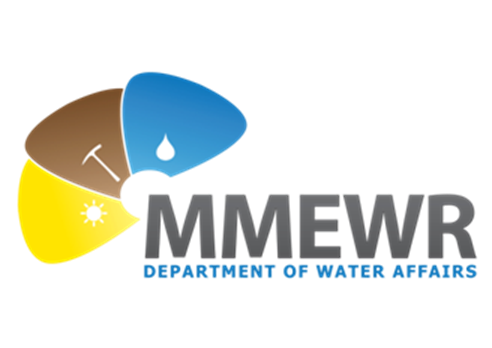DWA has 8 major divisions to carry out its mandate,these are:
- Project Implementation Unit
- Information
Technology
- Corporate Services
- Supplies
- Electro-Mechanical
- Hydrology
- Groundwater
- Water Quality
Botswana is largely a dry country which heavily relies on groundwater for water supplies for domestic, agriculture and or industrial. It is estimated that ground water supplies 80% of the country’s water supply needs. Most rural villages are wholly dependent on groundwater and so is the mining industry.
There are more than 25,000 officially registered boreholes in Botswana of which 10,000 are owned by the government for water supply. As quoted above, Botswana is dry with a minimal recharge in the range of 1mm/year particularly in the central and west of the country.
To cope with the ever increasing water demands, surface water is also utilized to augment groundwater through building of reservoirs or dams. Presently we have a total of 6 existing dams being:
| Dam |
Capacity (Mm3) |
Water levels(%) |
Supply Region |
| Gaborone |
141.4 |
54.17 |
Greater Gaborone |
| Letsibogo |
100 |
33.08 |
S/Phikwe, BCL & Mmadinare and southren part including Gaborone |
| Shashe |
85 |
77.76 |
Greater Francistown |
| Ntimbale |
26.4 |
86.80 |
North East and Tutume Sub District |
| Bokaa |
18.5 |
9.68 |
Greater Gaborone |
| Nnywane |
2.3 |
45.17 |
Greater Gaborone |
According to the National Water master Plan Review of 2005, the water demand was approximately 88.3 Mm3/annum in year 2005 and projected to be 186.5Mm3/annum by the year 2035. As seen from the above figures, the yields from the existing dams are lower than the total required water and also has to be noted that the dams currently supply the certain regions as shown in the table.

|

